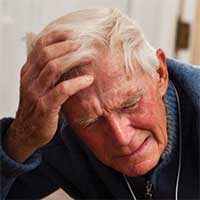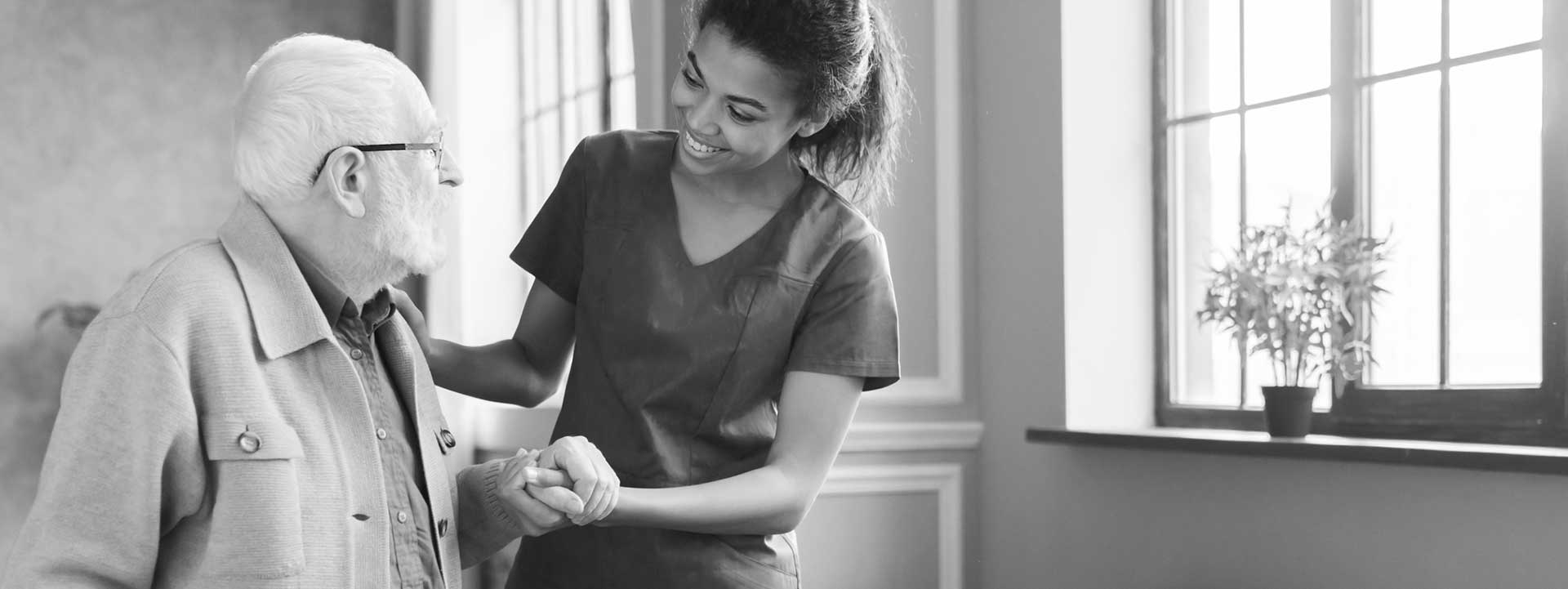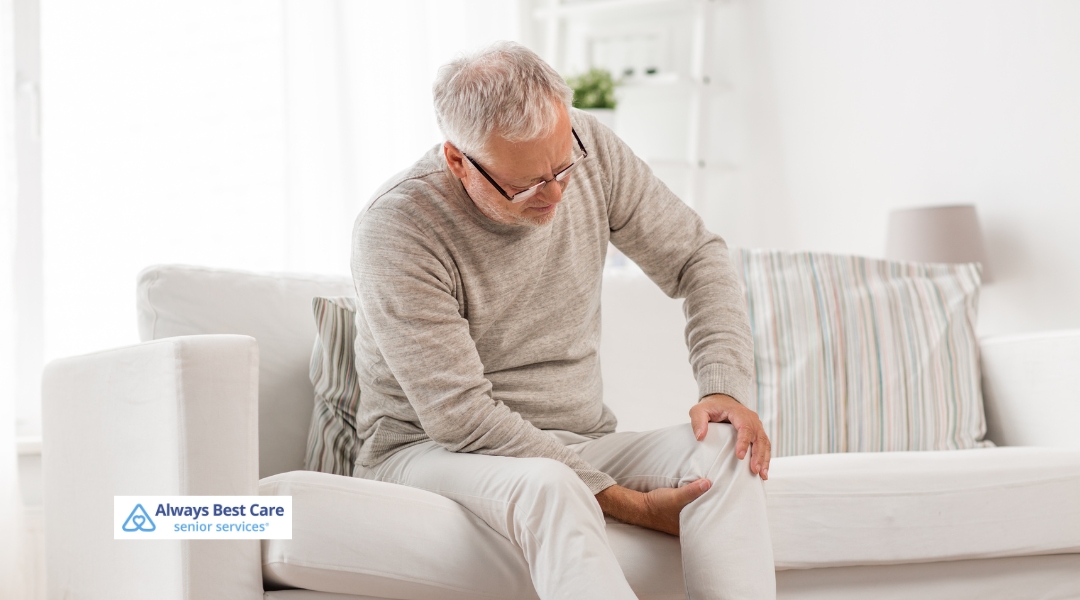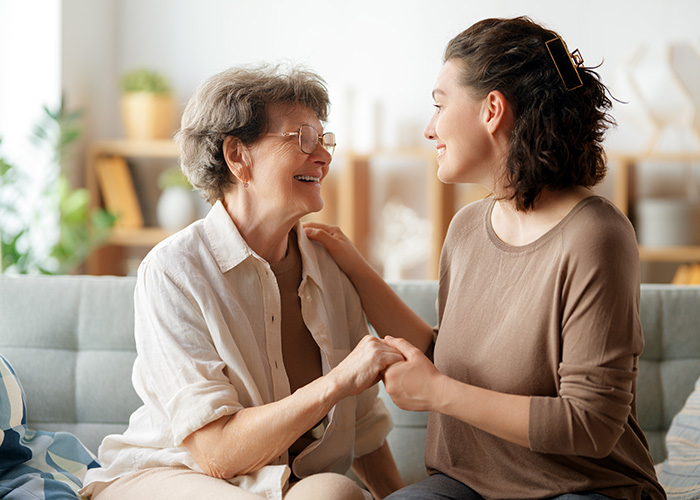Identifying Risk Factors that Increase Fall Risk in Seniors

A major health and safety concern that comes with aging is fall risk. Seniors tend to be more likely to fall which can lead to fractures, sprains, or contusions that can be difficult to bounce back from. September 23rd is Falls Prevention Awareness Day and a great time to brush up on some of the factors that can contribute to fall risk.
Many people are aware of some of the main risk factors for falls such as poor mobility or balance. Obviously if a senior has trouble getting around or staying steady on their feet, they are at greater risk for falling. But those are not the only issues that need to be taken into consideration.
Table of Contents
Medications:
It’s important to understand the potential side effects of any medication that seniors may be taking. Sometimes these effects include dizziness, drowsiness, poor coordination or balance, risk of postural hypotension, and other issues. This can greatly impact fall risk and take seniors by surprise because they may not have experienced these side effects before.
Vision Problems:
Poor vision can also increase risk of tripping or falling. Glaucoma, macular degeneration, and cataracts can all impair vision in different ways and alter depth perception. Seniors may not see obstacles in their way or perceive objects as being closer or further than they really are.
Low Core Strength/Muscle Weakness:
Your core is what gives your body support and helps keep you upright. When muscles are weak, it can be harder to maintain limb control and support your weight. This can also throw off balance and coordination increasing fall risk. Foot or ankle instability can also be problematic.
Poor Organization:
Outside of physical issues, environmental issues can also add to fall risk. For instance, having rugs that are not secured, having clutter or cords laying around, having a lack of grab bars or handrails, or having furniture arranged in a way that makes it difficult to navigate with a walker, cane, or other assistive device.
Improper Footwear:
Seniors may be used to wearing slippers, high heels, or backless shoes, but as they age, this can become hazardous. They are better off wearing supportive shoes with a sturdy sole that offers some slip resistance. Loose-fitting shoes that flop on their feet or are too big can lead to tripping or stumbling and potentially falling.
Recognizing these risk factors can help seniors and families to be proactive in protecting against falls. In addition, working with an in-home care provider can help seniors to stay organized and move about more safely, encourage them to remain physically active, and provide assistance with activities such as light housekeeping, dressing, meal preparation, errands, and more. They can also provide medication reminders and be alert for potential side effects that could affect fall risk.
Schedule a free consultation with Always Best Care today by calling 855.470.2273. Learn more about how an in-home caregiver can offer the support and assistance your loved one needs to safely age in place.





